Applying H.A. Simon's model of limited rationality to research and scientific communication
Researchers, teachers, laboratory directors, librarians, documentalists, students and ordinary citizens frequently ask questions about scientific research: goals, methods, means, productivity, organizational efficiency, policies, sources and networks of information. These questions can be collected and analyzed for common denominators, but the recent work donc by Andrews and his collaborators (1979) indicates that this global approach is insufficient. This article suggests that H.A. Simon's concept of limited rationality provides a general model of individual and organizational functioning that can be used as an analytical framework for the investigation of research activities. With hindsight, the model does help explain numerous observations that have been made about researchers and their behavioral patterns: preference for informal selection of information, affinity for personal contacts, and the formation of inforrnal groups and networks. This article suggests that researchers and research organizations operate within the boundaries of limited rationality; it also suggests that this same model can be used to predict potential problems in scientific communication. One such problem is the conception and use of thesauri and data banks. The quality of these sources of information is crucial to the future of scientific research
Read
Read
